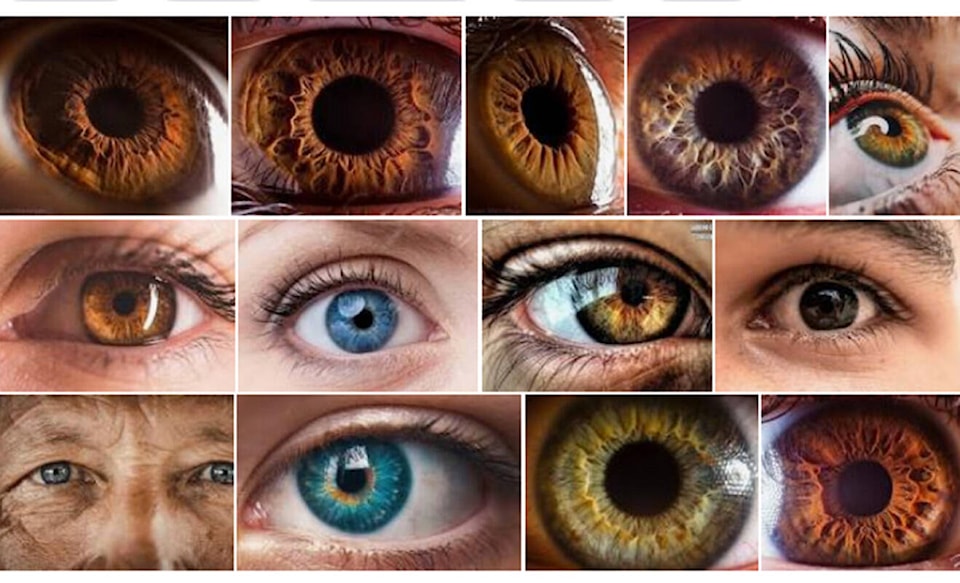A year and a half ago, or so, I wrote in this space how the mask mandates would affect the way we communicate; that we would be saying so much more with our eyes than we used to. That we would learn to communicate on a whole new level, by reading the language of eyes alone.
All this has taken place exactly as I wrote that it would. Since we could no longer see the scowls — except on the faces of those who refused to wear masks — or the smiles, or the set of the facial muscles to determine a mood, or a response to what we’re saying or doing, we gazed deep into the eyes of our interlocutors, the people we asked directions from, or the servers at the drive-thru window, or the lawyers who signed our bankruptcy papers, to gain access to the moods and feelings we all want to share with each other when we stop and chat.
It’s just as if the deprivation of one set of senses — in this case the social signals and silent communications that were hidden by the face mask — resulted in the heightened awareness of another set of senses — our ability to read the language of eyes.
Like I said, after so long under the mask, all this has transpired, and our interpersonal communications skills have evolved to a new level. But what happens when suddenly all those masks are removed? Well, I found out.
I went to the Cranbrook Bucks game, shortly after the Province of BC lifted the mask mandate. With our eyes imparting so much more to each other, throwing the rest of the face into the communication equation, with all its 42 individual muscles working to animate it and give it expression, is astonishing. Almost overwhelming.
Most of the 2,100 people at the game were strangers to each other. Yet, strolling around the concourse at Western Financial Place, I seemed to be making eye contact with most people I passed — a quick glance, then a pause, just for an instant. “Do I know you? Oh, no I don’t.” But it seemed, for second, that we did know each other, and our first reaction was to try to smile. All those newly exposed facial muscles, or 10 of them, anyway, automatically working to lift the corners of the mouth. As if to say, “nice to see you again. Nice to see your face.” And it was nice. Nice to see all your faces. I felt like smiling at all of you too. To see the entire face, and the faces on a whole crowd of people, after all this time was rather intense.
But in some ways, this was alarming. What’s next, I thought. Telepathy? Will we learn to read a smattering of each other’s thoughts when we pass by each other? Is that not what we do anyway, when we glance at each other and grimace, or smile, or frown, or waggle our eyebrows, or offer a stone-faced blank stare … plus all that data flowing back and forth between our eyes? Are we not revealing a hint of what we’re thinking, even if we don’t want to?
Most of us have learned to disguise our thoughts, using the weapons of etiquette, and by saying what we don’t mean, or by not saying what we mean. But it’s a lot harder to control the muscles of the face when we’re reacting to our feelings. And of course, there’s no disguising the language of the eyes — the pupils are responding unconsciously to stimuli; the gaze flickers up, down, sideways. It’s only a small step before we start picking up on each other’s thought waves.
We used to think that it was technology alone that would lead us humans into new stages of evolution. But no — we continue to evolve physically, and so do our methods of interpersonal communication.
It’s kind of a scary thought, in a way, that we are evolving to be able to read each other’s thoughts. No doubt we will develop ways to disguise them in the future. But in the meantime, it’s true — it’s nice to see you.
